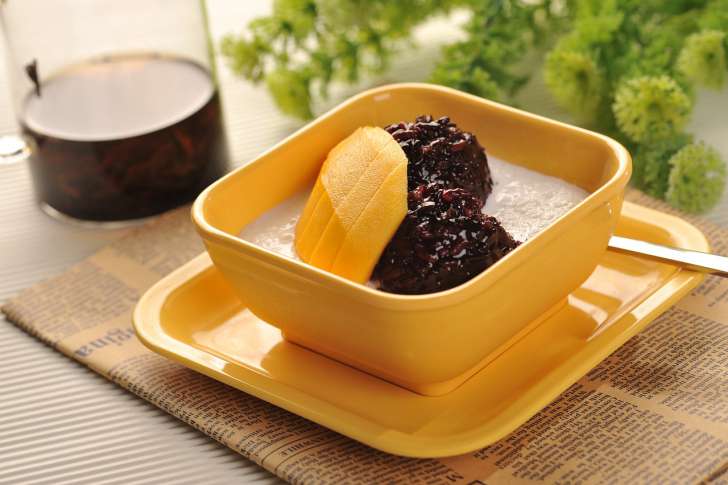Black Rice: Health Benefits
Black rice, also known as wild rice, has a different taste from regular traditional rice.
Exotic rice has a delicate nutty aroma with a sweetish taste.
Benefits of black rice
Due to the fact that black rice is not polished, it retains large quantities of various beneficial substances.
Black rice is especially rich in iron, zinc, manganese, potassium, and folic acid.
That is why the Chinese use black rice to treat anemia, poor eyesight, and hair loss.

Black rice contains vitamins B, A, E, K, H, PP, C. 150 g of wild rice contains almost the entire daily requirement of folic acid (B9). Antioxidants.
Their quantity in wild rice allows it to be placed on a par with blueberries, natural red wine, red grapes, strawberries, and red cabbage.
Research shows that black rice is a good source of various phytonutrients and antioxidants, including anthocyanins, glycosides, flavonols and carotenoids.
How to eat black rice
Boiled black rice is served as a side dish, added to salads, and made into risotto, puddings, and rolls.
In Asian cuisine, many national desserts are prepared from this grain.
Why is black rice so expensive
Wild rice grows in shallow water bodies and along slow-flowing rivers and is harvested exclusively by hand.
That is, wild rice is more difficult to cultivate than its rice counterparts, and the yield of wild rice is several times less.
This helps explain why wild rice is more expensive than black rice.
